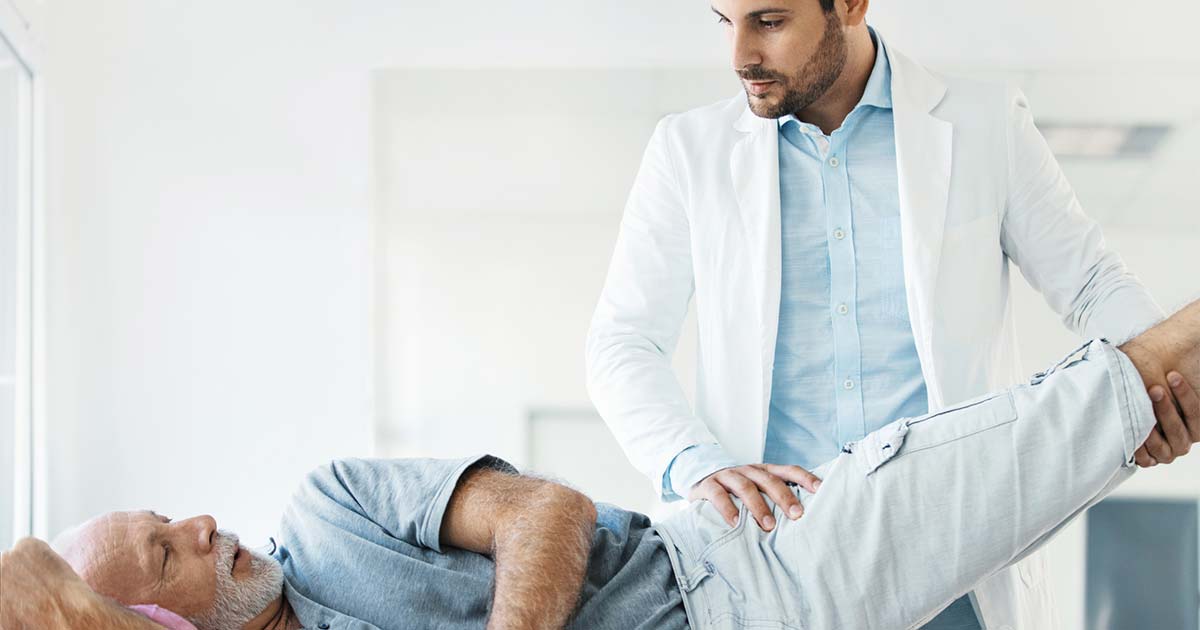Four Hip Flexor Stretches to Relieve Tightness, from a PT
Advice to improve your movement, fitness, and overall health from the world's #1 in orthopedics.
If you sit at a desk all day (and let’s face it, isn’t that most of us?), chances are your hip flexors scream at you every now and then. Spending a lot of time sitting—whether it’s at a desk, in a car or even on the couch—puts your hip flexors in a compressed position, causing them to shorten and tighten up.
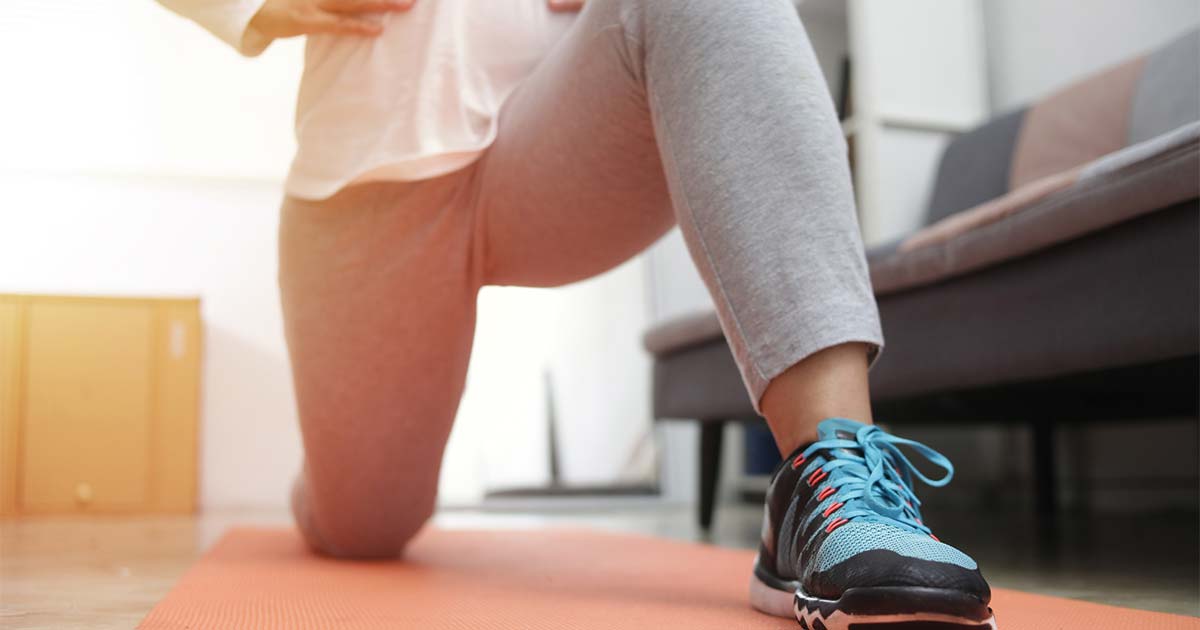
On the flip side, certain athletes are prone to tight hip flexors—particularly runners and bikers, who repeatedly use the hip flexors to lift their legs, which shortens the hip flexor muscles, says Kimberly Baptiste-Mbadiwe, a physical therapist at the HSS Orthopedic Physical Therapy Center.
To add to that, if certain muscles are weak, including the core, glutes, or piriformis (a deep gluteal muscle that helps external rotation of the hip), it forces the hip flexors to take over some of the job of stabilizing the spine and pelvis, leading the already overworked hip flexors to stiffen.
What are the hip flexors?
Your hip flexors are a group of muscles along the front of your upper thigh. They include the iliacus, psoas major, rectus femoris and sartorius.
The iliacus and psoas major are the primary hip flexors, which work together to flex and stabilize your hip and pull your thigh and torso together when you walk, run, sit or stand. The rectus femoris helps with hip flexion and knee extension, while the sartorius helps flex and externally rotate the hip and flex the knee.
Since the hips connect the lower back to the legs, tight hip flexors make it harder for your pelvis to rotate properly, which can impact several other areas of your body. Signs of tight hip flexors include pain or discomfort in the front of your hip that typically gets worse with prolonged sitting or repetitive hip-flexion movements like running and cycling.
Stretches for tight hip flexors
Glute bridges, planks, crunches and clamshells can help keep your glutes, core and piriformis strong, which will help improve strength and mobility in the hips.
To keep your hip flexors supple, make sure to get up and move more throughout the day. “I recommend changing position every 30 to 45 minutes—or even sooner if needed—to avoid tightness,” says Kimberly Baptiste-Mbadiwe, a physical therapist at HSS. “Stand up, walk around, or perform a quick stretch, if necessary.”
Here are four stretches you can sprinkle into your day to help increase flexibility and mobility in the hip flexors. Hold each stretch for 30 seconds on each side, and repeat for three sets total, at least twice a day.
Half-Kneeling Hip Flexor Stretch
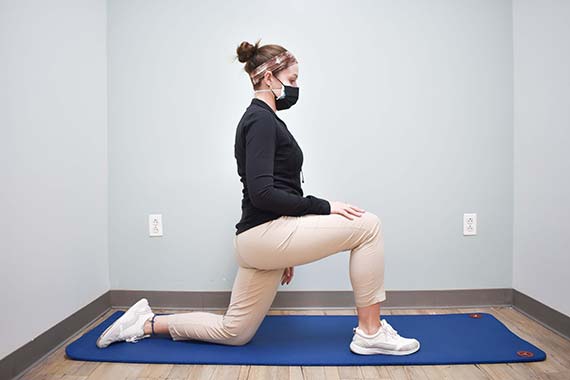
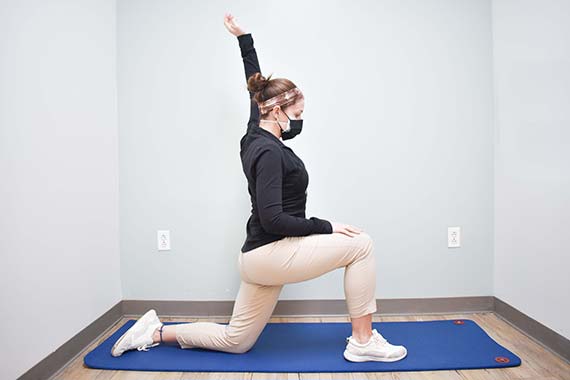
- Begin by kneeling on the floor.
- Bring your right leg in front of you so that your right thigh is parallel to the floor, with your knee bent at a 90-degree angle and your foot flat on the floor.
- Leave your left knee on the floor, making sure that your shin is pointing straight back (not toward the left or right).
- Put your hands on your hips, then bring your thumbs downward, contract your glutes, and feel your pelvis tuck under you.
- With your back straight, shift your weight forward until you feel a stretch through the front of the left thigh and groin.
- For an even deeper stretch, reach your left arm up overhead and slightly toward the right.
- Repeat on the other side.
90/90 Stretch
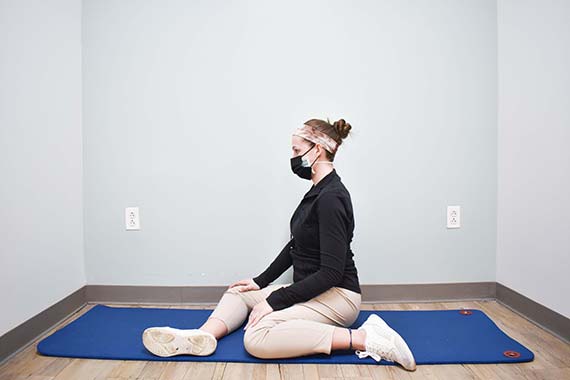
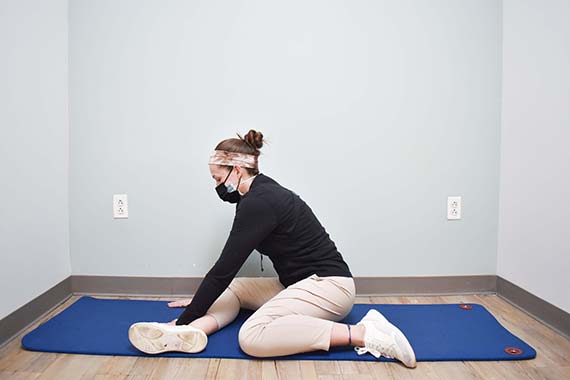
- Sit on the floor with your right leg in front of you and your knee bent at a 90-degree angle, so the bottom of your foot is facing the left wall.
- Extend your left leg out to the side and bend your knee at a 90-degree angle, so the bottom of your foot is facing the back wall.
- Square your shoulders to the front. To check that your back remains straight, extend your arms straight out in front of you. Your fingertips should face the front wall.
- Place your fingertips on either side of your right shin for balance. Think about sinking both hips into the floor.
- For an even deeper stretch, lean your chest as far forward as you can go without collapsing your upper body or losing the connection between your hips and the floor.
- Repeat on the other side.
Supine Hip Flexor Stretch
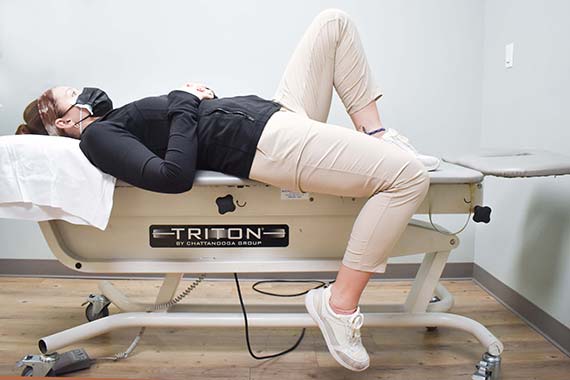
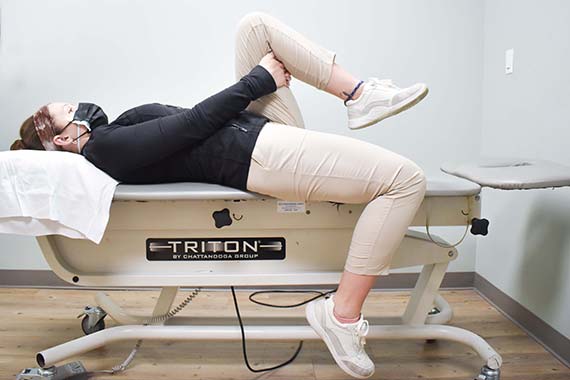
- Lie on your back on the right edge of your bed with both legs extended on the bed.
- Bend your left leg, with your knee pointing toward the ceiling and your foot flat on the bed. Make sure your back is pressed flat against the bed.
- Let your right leg fall off the side of the bed, keeping your back flat.
- Bend your knee back as far as you can, keeping your back flat and right leg hanging off the bed.
- For an even deeper stretch, grab your left knee and pull it toward your chest.
- Repeat on the other side.
Side-Lying Hip Flexor Stretch

- Lie on the floor on your left side with your knees bent so they’re in line with your hips. Your thighs and shins should form a 90-degree angle.
- Move your right foot backward and gently grab the top of the ankle with your right hand.
- Slowly and gently pull your foot with your right hand, bringing your leg around behind you while keeping your pelvis tucked under and being careful not to arch your back. You should feel a stretch in the front of your thighs and your hip flexor on the right side.
- Repeat on the opposite side.
Published 2/22/2022




